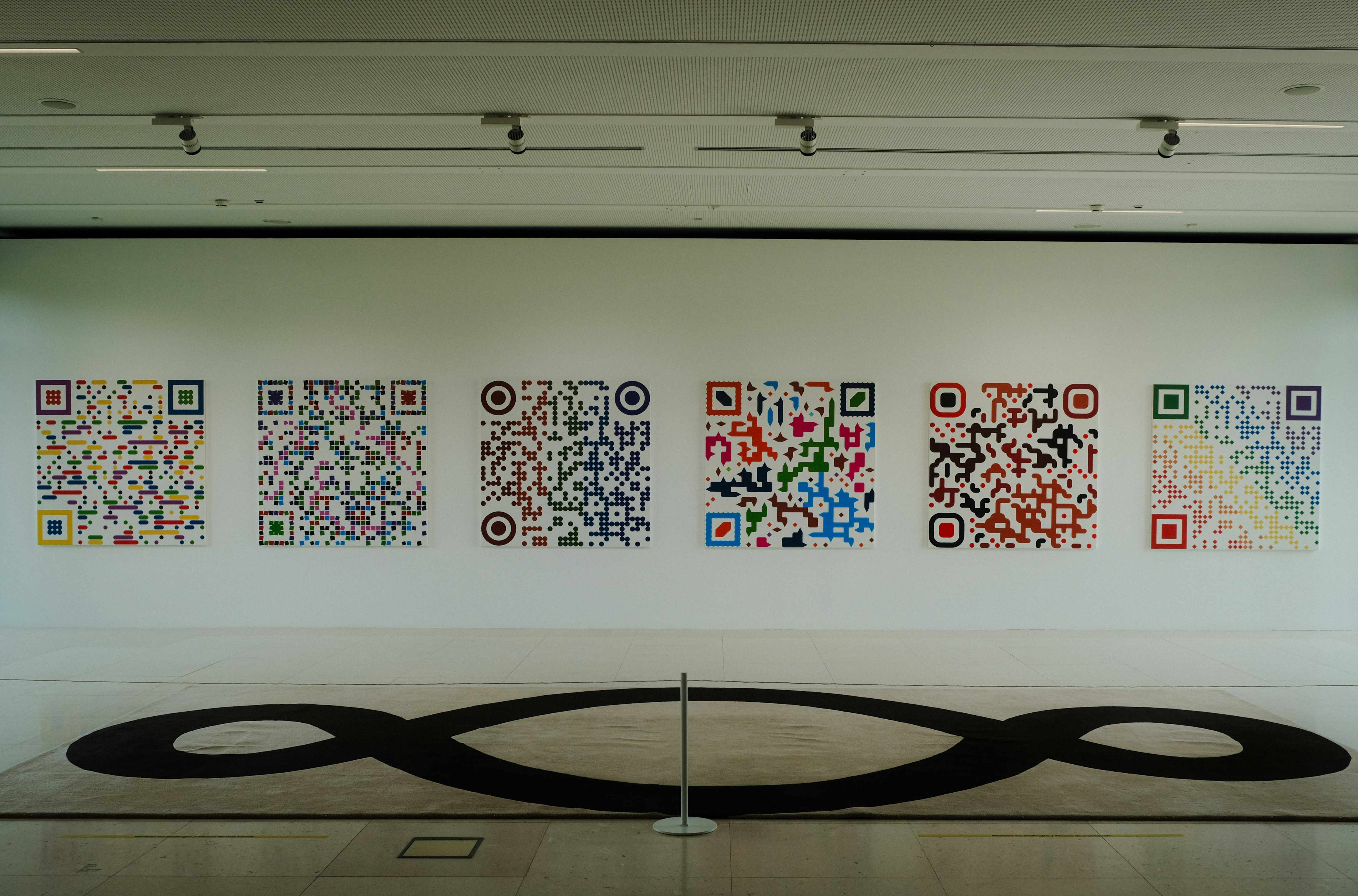Technicolor Dreams: The Resurgence of Color in Black and White Cinema
Introduction: In an era of high-definition color graphics and immersive virtual realities, the monochromatic charm of black and white cinema is making a surprising comeback. This article delves into the resurgence of color in black and white film, exploring its historical context, current developments, and cultural significance.

A Monochrome Past
Cinema history began in black and white. From the silent films of the early 1900s to the film noir of the 1940s, black and white was a hallmark of the cinematic aesthetic. The introduction of Technicolor in the 1930s brought a new dimension to cinema, painting the silver screen with vivid hues. However, the high cost and technical limitations kept many filmmakers rooted in monochrome.
The Shift to Color
Post World War II, Technicolor and other color film technologies became more accessible and affordable. Hollywood and international cinema gradually shifted towards color, and by the 1960s, monochrome films were the exception rather than the norm. But just as color cinema became mainstream, black and white films began to be seen as an artistic choice rather than a limitation.
The Return of Black and White
In recent years, a number of filmmakers have chosen to make black and white films, despite the availability of advanced color technology. Notable examples include “The Artist” (2011), “Nebraska” (2013), and “Roma” (2018). These films use the lack of color to emphasize form, composition, and contrast, creating a distinct visual style that harks back to the early days of cinema.
The Color in Black and White
Interestingly, these contemporary black and white films often incorporate color in subtle ways. This can be through the use of colored filters in cinematography, selective coloring in post-production, or symbolic use of color in production design. The result is a unique blend of monochrome aesthetics with color sensibilities, a phenomenon we are calling “the resurgence of color in black and white cinema.”
Impact and Reception
This trend has been well-received by critics and audiences alike, with many praising the artistic vision and visual impact of these films. This resurgence also sparks discussions on the nature of cinema itself, challenging the notion that color is inherently superior to black and white. It reminds us that cinema, at its core, is an art form that thrives on creativity and innovation.
In conclusion, the resurgence of color in black and white cinema is a fascinating development within the film industry. It demonstrates the capacity of filmmakers to innovate within boundaries and breathe new life into old techniques. As audiences continue to appreciate these technicolor dreams, we look forward to seeing more filmmakers explore this intriguing intersection of old and new.




